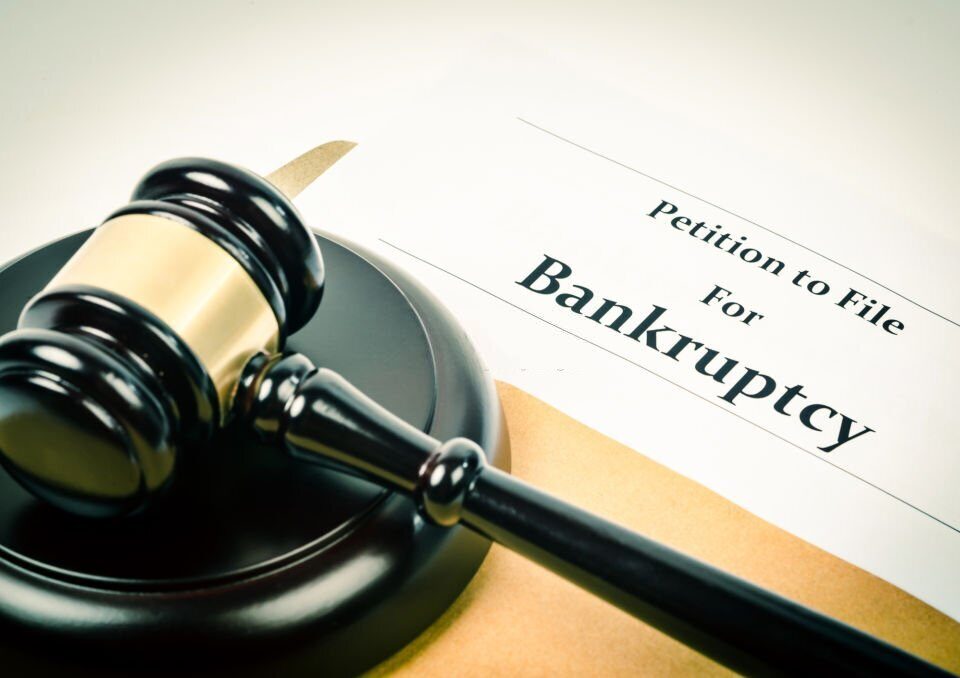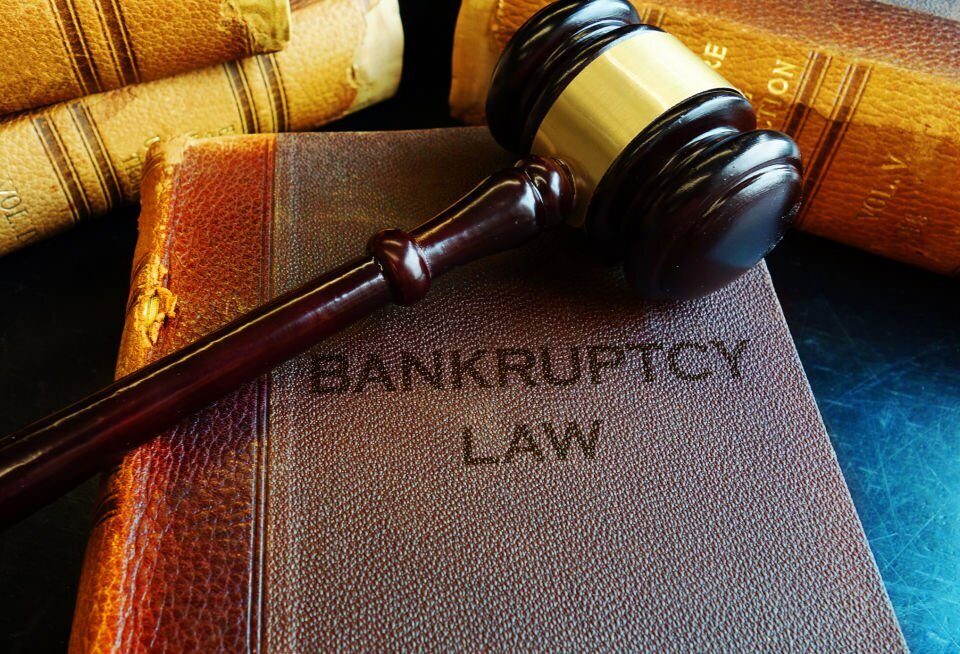7 Steps For Filing Florida Bankruptcy

How to Get Your Life Back Post-Chapter 7 Bankruptcy
November 15, 2017
Do Married Couples File Bankruptcy Jointly or Separately?
December 15, 2017Bankruptcy can be a complicated and confusing process for debtors who are already facing difficult times. Not everyone has a full understanding of what all is involved or what to expect.
Below are some facts to help clarify what to expect when filing for bankruptcy in the State of Florida.
What Is Bankruptcy?
Bankruptcy is a legal proceeding available in federal court to a person or entity, giving them the opportunity to either eliminate their debt or restructure it.
It is normally the last step individuals take when they feel they no longer can pay on the debts they have outstanding, allowing them some type of financial relief or freedom.
However, the process and consequences of bankruptcy is not as easy as the explanation. Below are 7 steps of the bankruptcy process.
1. Determining The Type Of Bankruptcy Being Filed
The first step that must be taken is to determine what type of bankruptcy needs to be filed before a petition will be filed. In consumer bankruptcy situations, two specific types of proceedings are used: Chapter 7 and Chapter 13 bankruptcy.
Chapter 7 is a liquidation bankruptcy where the unsecured and non-exempt debts of the debtor are liquidated at the end of the proceedings.
Chapter 13 is known as reorganization bankruptcy where the debtor works with the bankruptcy trustee to come up with a plan to pay back debts where appropriate.
2. Credit Counseling
No matter what type of bankruptcy is being pursued, the debtor will need to undergo credit counseling. Under the 2005 Bankruptcy Act, all individuals filing bankruptcy must first complete a credit counseling course within six months before filing.
Proof that this counseling has been successfully completed must be given by an agency that is approved by the Florida U.S. Trustee. In addition to credit counseling, the debtor must also complete an education course after filing before the discharge will be granted.
3. Means Testing
In any bankruptcy filing, the debtor’s financial situation will need to undergo a means test. The purpose of this test is to determine if the debtor is eligible to file for Chapter 7.
If he or she is determined to not be eligible, the debtor may be able to file for Chapter 13 bankruptcy. The bankruptcy court will look at the average income of the debtor over the past six months and will compare it to what the median income for Florida is for that year.
If the debtor’s income is more than the median, he or she may still be able to file for Chapter 7 bankruptcy but may need to provide information first to supplement the application.
4. Filing The Petition For Bankruptcy
Once the debtor has been approved for either Chapter 7 or Chapter 13 bankruptcy, he or she then needs to file the petition for bankruptcy, including a schedule and statement of financial information.
It is extremely important that all information, including assets, debts and recent financial history, is included. Leaving something out can cause your petition to be denied or returned.
It is often this step where having an attorney experienced in bankruptcy law can be most beneficial. Once the petition has been filed, the automatic stay goes into effect.
5. The Automatic Stay
The automatic stay occurs in both types of bankruptcy proceedings. What it does is put an immediate hold to any collection proceedings that were going on before the bankruptcy case was filed.
Any communication from the creditors to the debtors must cease, as well. The stay is meant to give the debtor some relief from the harassment and ongoing collection cases and give the trustee a chance to sort through all issues before finalizing the case.
Creditors can always file a request to lift the stay with respect to their debt, but they must express just cause to do so.
6. The Meeting Of the Creditors
Approximately a month after filing the petition, the debtor must attend a first meeting of creditors. It is at this meeting that the debtor will be put under oath and asked questions about his or her assets and debts by the trustee.
Creditors can also ask questions, but for the most part, these questions are handled by the trustee. The aim of this meeting is to get a full picture of the debtor’s financial situation before assessing how to end the case.
It is also at this time that creditors are able to file their own claims in the case and file any objections they may have. They are handled by the trustee.
7. Ending the Case
If no conflicts happen during the case, including any adversary proceedings, debtors will normally get discharge or the repayment plan within a few months of filing the case. The discharge will completely wipe out dischargeable debts that were in existence at the start of the case.
If the debtor is entering into a repayment plan, he or she then begins the process of paying back debts in a structured manner, according to the plan. At the end of the plan, which can last three to five years, then the remainder of the debts are discharged.
Contact Us Today
At RLC Lawyers & Consultants, we are here to walk you through this stressful process of bankruptcy. To request to schedule a free consultation, please call us at (561) 571-9610 today.



